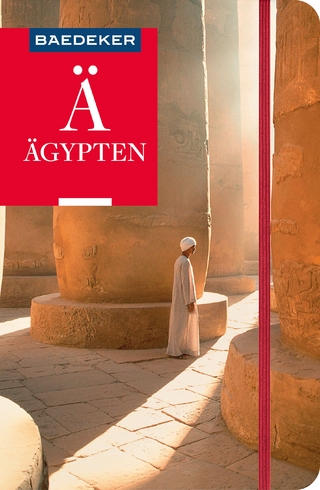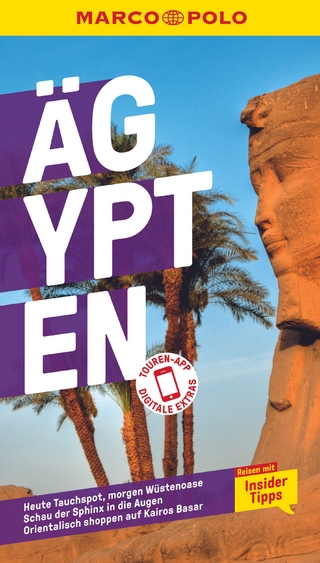
The Precinct of Mut at South Karnak
An Archaeological Guide
Seiten
2021
The American University in Cairo Press (Verlag)
978-977-416-973-1 (ISBN)
The American University in Cairo Press (Verlag)
978-977-416-973-1 (ISBN)
Mut was an important deity perhaps best known as the consort of Amun-Re and the mother of Khonsu, but her earlier and far more independent role was as the daughter of the sun god, much akin to Hathor. Like Nekhbet and Wadjet and the other lioness goddesses (referred to as Sekhmet) she was the 'Eye of Re', who could be both benign and dangerous. In human form, Mut protected the king and his office; as Sekhmet she could destroy Egypt if not pacified.
The Mut precinct was a major religious center from the Eighteenth Dynasty to the Roman Period, but evidence suggests the existence of an even earlier temple. It expanded during the reign of the Kushite king, Taharqa and attained its present size during the fourth century BCE, sheltering three major temples, several small chapels, and eventually, a village within the protection of its massive enclosure walls. One of its most striking features is the hundreds of Sekhmet statues.
In 1976, the Brooklyn Museum began the first systematic exploration of the precinct as a whole. Since 2001, Brooklyn has shared the site with an expedition from the Johns Hopkins University, both teams working cooperatively toward the same goal. This richly illustrated guide seeks to bring the goddess and her temple precinct the attention they deserve.
The Mut precinct was a major religious center from the Eighteenth Dynasty to the Roman Period, but evidence suggests the existence of an even earlier temple. It expanded during the reign of the Kushite king, Taharqa and attained its present size during the fourth century BCE, sheltering three major temples, several small chapels, and eventually, a village within the protection of its massive enclosure walls. One of its most striking features is the hundreds of Sekhmet statues.
In 1976, the Brooklyn Museum began the first systematic exploration of the precinct as a whole. Since 2001, Brooklyn has shared the site with an expedition from the Johns Hopkins University, both teams working cooperatively toward the same goal. This richly illustrated guide seeks to bring the goddess and her temple precinct the attention they deserve.
Richard A. Fazzini is curator emeritus of Egyptian art at the Brooklyn Museum and director of the Brooklyn Museum’s archaeological expedition to the Precinct of the Goddess Mut at South Karnak. Betsy M. Bryan is the Alexander Badawy Professor of Egyptian Art and Archaeology at Johns Hopkins University and director of the Johns Hopkins expedition to the Precinct of the Goddess Mut at South Karnak.
| Erscheinungsdatum | 10.05.2021 |
|---|---|
| Zusatzinfo | 95 colour and 25 bw illus |
| Verlagsort | Cairo |
| Sprache | englisch |
| Maße | 190 x 240 mm |
| Themenwelt | Reiseführer ► Afrika ► Ägypten |
| Geisteswissenschaften ► Archäologie | |
| Geschichte ► Allgemeine Geschichte ► Vor- und Frühgeschichte | |
| Geschichte ► Allgemeine Geschichte ► Altertum / Antike | |
| Geisteswissenschaften ► Geschichte ► Regional- / Ländergeschichte | |
| ISBN-10 | 977-416-973-5 / 9774169735 |
| ISBN-13 | 978-977-416-973-1 / 9789774169731 |
| Zustand | Neuware |
| Informationen gemäß Produktsicherheitsverordnung (GPSR) | |
| Haben Sie eine Frage zum Produkt? |
Mehr entdecken
aus dem Bereich
aus dem Bereich
Buch | Softcover (2023)
Reise-Know-How (Verlag)
23,50 €


